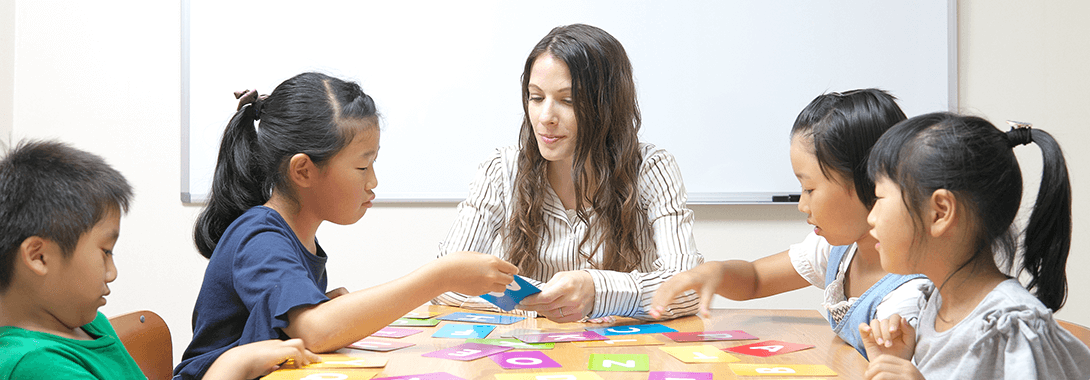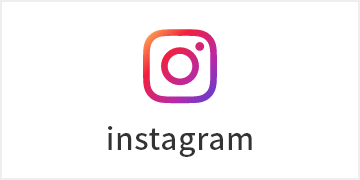お知らせ
News & Topics

学校って、どこでも絶対いっしょーじゃない!Differences in Schools Around the World Part 1
Last week, we talked about classrooms around the world. Were you able to guess from which countries are those classrooms shown?
Let’s reveal the answers!
- The first picture is from Cote D’Ivoire, a country in Africa.
- The second picture is from England.
- The third picture is from Finland. Trivia: They don’t call their classrooms, classrooms. They have started calling it “learning environments” recently!
- The fourth picture is from Saudi Arabia. Maybe their traditional outfit was a good hint.
- And the last picture is a “classroom” from the Philippines. They call it in English “pushcart classroom” and the classroom is anywhere there are students who want to learn.
Were you able to get the answers correctly? ^o^
The classrooms paint a good picture of what a child world looks like. Since we have already talked about classrooms last time, this time let’s talk about the place where we usually see rows and rows of classrooms – and of course, that is, a school!
I’m sure even parents have their own interesting stories to share – that is why this topic is chosen for the next topic of our Spring Daycare. What better way to get excited for April by talking about schools?
Classrooms become the center of their universe when students enter schools. Outside the classroom, however, there are so many things that they can also explore inside the school – places, new friends to make, and even activities they choose to be active!
But schools are basically the same everywhere, right? If you remember the last post about classrooms, it’s easy to see that there are so many different things about classrooms from each country. Let’s take this one as an example.
Can you still remember what subjects were in your elementary school? Here are some of the common subjects back in the Philippines. We have around 8 subjects per day, with classes starting from 7am in the morning until 4 in the afternoon. Here are some of them:
- English
- Math
- Filipino (native language)
- Science
- MAPEH (Music, Arts, Physical Education and Health)
- EPP (Technology, Livelihood and Education)
- Christian Living (if studying in a Catholic school)
- Values Education
- HeKaSi (Geography, History and Civics)
In contrast, there are 6 main subjects in Japanese elementary school. Here are they:
- Science
- English
- Mathematics
- Japanese
- Social Studies
- Physical Education
Can you spot the differences? What things do you think are different… and why?
There are so many things to learn, and this is just the tip of the iceberg. You can also check our upcoming Spring Daycare blog posts soon, as we will share more about what we want students to learn and experience in that special, seasonal school.
See you next time!
ユニカ




